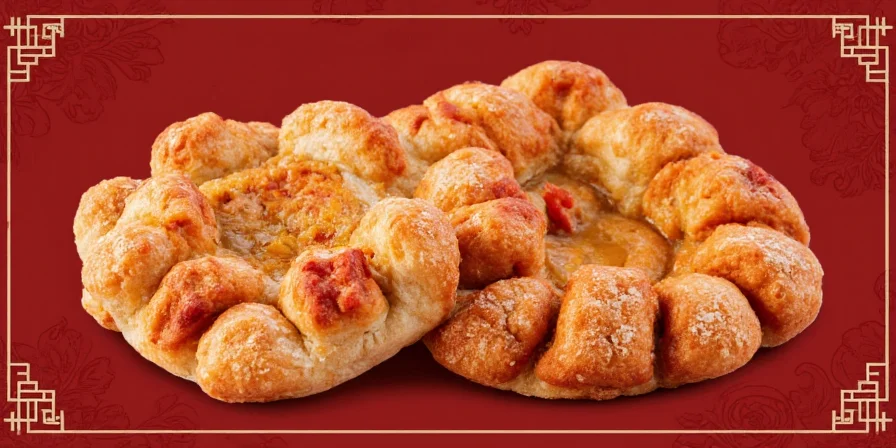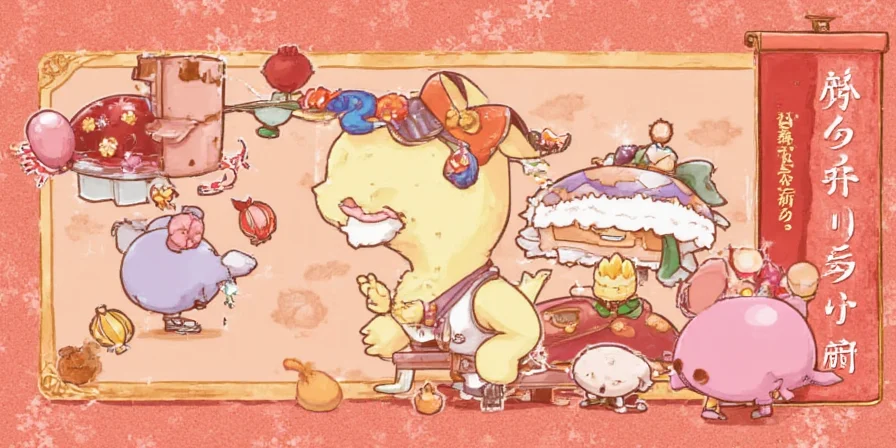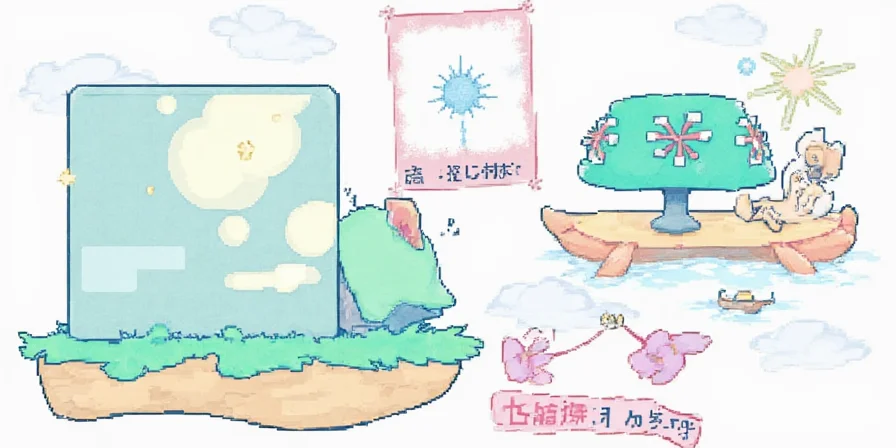From Vine to Grind: The Global Journey of Ground Pepper – A Spicy Tale!
Ground pepper. You probably have a shaker of it on your kitchen counter right now. But ever stop and wonder, 'Where does ground pepper come from?' 🤔 Is it just black dust from some magical plant? Or is there more to this humble seasoning than meets the eye?
In this deep-dive blog post, we’ll explore everything you never knew you wanted to know about the origins, production, and global traditions surrounding ground pepper. Spoiler alert: it’s been spicing up human history longer than your favorite streaming service has existed.
Table of Contents
- 🌍 A Peppery Past: Where Did It All Begin?
- 🌶️ From Berry to Powder: How Is Ground Pepper Made?
- 🌐 Around the World in One Spice: Regional Uses & Traditions
- 🧪 Pepper Power: Pro Tips for Using Ground Pepper Like a Chef
- 🧠 Myth Busting: Common Misconceptions About Ground Pepper
- 📸 Visual Breakdown: Whole vs. Ground Pepper Comparison
- 🛒 Buying Guide: What to Look For When Purchasing Ground Pepper
- 🎉 Final Thoughts: Celebrating the King of Seasonings
🌍 A Peppery Past: Where Did It All Begin?
The story of pepper begins not in a spice rack, but in the lush forests of southern India — specifically Kerala, known as the “Spice Garden of India.”
Black pepper (Piper nigrum) is a flowering vine that produces berries — yes, those tiny peppercorns are technically fruits! These were first harvested by ancient civilizations over 4,000 years ago. By the time Roman traders got wind of this fiery little fruit, it was already worth its weight in gold — literally.
In fact, during the Middle Ages, pepper was used as currency, dowries, and even as a form of tax payment. Imagine paying your rent with a bag of pepper. Now that’s value.
🌶️ From Berry to Powder: How Is Ground Pepper Made?
So how do these hard, wrinkly peppercorns become the fragrant dust we know and love? Let’s break it down step by step:
- Harvesting: Berries are picked when they're semi-ripe or fully ripe depending on the desired flavor profile.
- Drying: They’re sun-dried for several days until they shrivel into black peppercorns.
- Sorting: Machines or humans separate defective or broken peppercorns.
- Grinding: Finally, they’re crushed into powder using specialized grinders or mills.

Varieties of Ground Pepper
| Type | Origin | Flavor Profile | Common Use |
|---|---|---|---|
| Black Pepper | India, Vietnam, Indonesia | Pungent, earthy, slightly woody | All-purpose seasoning |
| White Pepper | Vietnam, Thailand | Milder, earthier, less floral | Cream sauces, white dishes |
| Green Pepper | France, Cambodia | Fresh, herbal, mild heat | Sauces, pickling |
| Red Pepper | Brazil, India | Sweet, fruity, mild heat | Specialty dishes |
🌐 Around the World in One Spice: Regional Uses & Traditions
While ground pepper may be a staple on every Western table, its use spans continents and cultures:
- India: Used in garam masala blends and regional curries like Kerala fish curry.
- China: Often mixed with salt or five-spice powder in Sichuan cuisine.
- Europe: Infamous for its use in steak au poivre and classic French soups.
- Latin America: Found in rubs for grilled meats and marinades.
- Africa: Used in spice mixes like berbere in Ethiopia and ras el hanout in Morocco.
🧪 Pepper Power: Pro Tips for Using Ground Pepper Like a Chef
Ready to take your pepper game to the next level? Here’s a list of pro-level hacks and insights:
- Grind Fresh for Maximum Flavor – Ground pepper loses potency quickly. Invest in a good grinder and grind only what you need.
- Pair with Fat – Pepper works best in dishes with oil or butter. The fat helps release its aromatic oils.
- Add Early for Depth – Add ground pepper early in cooking to let the flavor infuse the dish.
- Use in Desserts? – Yes! Try a pinch in chocolate mole or cinnamon-spiced cakes.
- Store Properly – Keep in an airtight container away from light and moisture.

🧠 Myth Busting: Common Misconceptions About Ground Pepper
Let’s set the record straight with some spicy truths:
- Myth: Ground pepper is the same as cracked pepper. Fact: Nope! Cracked pepper has larger pieces, while ground pepper is finer and spreads flavor more evenly.
- Myth: White pepper is just bleached black pepper. Fact: Not quite. White pepper comes from fully ripe peppercorns that have had their outer layer removed through soaking and rubbing.
- Myth: All peppers are spicy because of capsaicin. Fact: Black pepper gets its kick from piperine, not capsaicin — so it's a different kind of heat!
📸 Visual Breakdown: Whole vs. Ground Pepper Comparison
Here's a quick visual comparison between whole peppercorns and ground pepper:

| Feature | Whole Peppercorns | Ground Pepper |
|---|---|---|
| Shelf Life | Up to 3–4 years | 6–12 months |
| Flavor Intensity | Stronger, fresher aroma | Mellow, diffused flavor |
| Usage | Crushing, grinding, simmering | Direct seasoning, mixing into pastes |
| Texture Impact | Noticeable bite | Smooth finish |
🛒 Buying Guide: What to Look For When Purchasing Ground Pepper
If you’re buying pre-ground pepper, here’s how to spot quality stuff from the duds:
- Color: Should be a rich brown-black color, not grayish.
- Smell: If you can smell it through the packaging, it’s fresh.
- Brand: Look for brands that source from reputable regions like Kerala, Vietnam, or Madagascar.
- Packaging: Choose bottles with tight lids to keep air out.
- Ingredients: No fillers or anti-caking agents — keep it pure.

🎉 Final Thoughts: Celebrating the King of Seasonings
From ancient trade routes to modern kitchens, ground pepper has stood the test of time. Whether you’re shaking it over scrambled eggs or grinding it into a gourmet steak, remember that each speck carries centuries of culture, commerce, and culinary magic.

So next time you reach for that jar, take a second to appreciate where it came from — and maybe thank the vines of Kerala for giving us one of life’s simplest yet most powerful pleasures: the perfect pinch of pepper.











 浙公网安备
33010002000092号
浙公网安备
33010002000092号 浙B2-20120091-4
浙B2-20120091-4